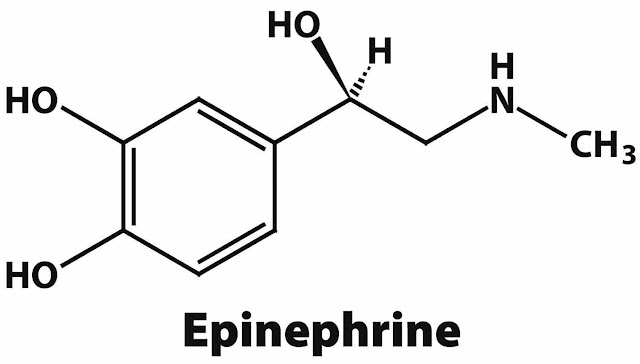Transthyretin Amyloid Cardiomyopathy (ATTR-CM) Treatment Is an Advanced Medical Process and Includes a Lot of Risks
 |
Transthyretin amyloid cardiomyopathy (ATTR-CM) treatment is used for treating this health issue. Transthyretin amyloid cardiomyopathies result from the accumulation of transthyretin amyloid fibrils in the myocardium. The THAOS (Transthyretin Amyloidosis Outcomes Survey) is an international longitudinal observational study that includes asymptomatic patients with transthyretin mutations.
While the frequency of cardiac involvement and prognosis differ by type, there are some common characteristics. Light-chain amyloidosis is associated with an extremely high mortality rate, while wild-type ATTR amyloidosis has a much poorer outcome. Although transthyretin cardiomyopathy is rare, it is a life-threatening disease. If left untreated, patients may develop a form of heart failure known as restrictive cardiomyopathy. Hence it is needed to find out a proper transthyretin amyloid cardiomyopathy (ATTR-CM) treatment
Although transthyretin cardiomyopathy is a life-threatening, progressive, and infiltrative disease, it can be overlooked as a cause of heart failure. TTR proteins with unstable structures misfold, resulting in the deposition of amyloid fibrils in the heart and other organs. Although the disease may be rare, the diagnostic clues for it are often subtle. The key is to find the transthyretin amyloid cardiomyopathy (ATTR-CM) treatment. In regions such as the United States, the increasing prevalence of cardiac failure has increased the research related to transthyretin amyloid cardiomyopathy (ATTR-CM) treatment. For instance, according to the U.S. Centers for Disease Control and Prevention, around 6.3 million individuals in the U.S. suffer from heart failure.
ATTR-CM can manifest as either a heritable or non-heritable disorder, and the transthyretin amyloid cardiomyopathy (ATTR-CM) treatment is dependent on the type. The heritable form of ATTR-CM has an endemic distribution with onset between 30 and 80 years of age. The non-heritable form shows a broader prevalence of CM after the sixth decade. However, the disease is still not well understood. The best way to diagnose ATTR cardiomyopathy is through a comprehensive evaluation of the heart and the genetics of the patient.


%20Treatment%20Market.jpg)
Comments
Post a Comment